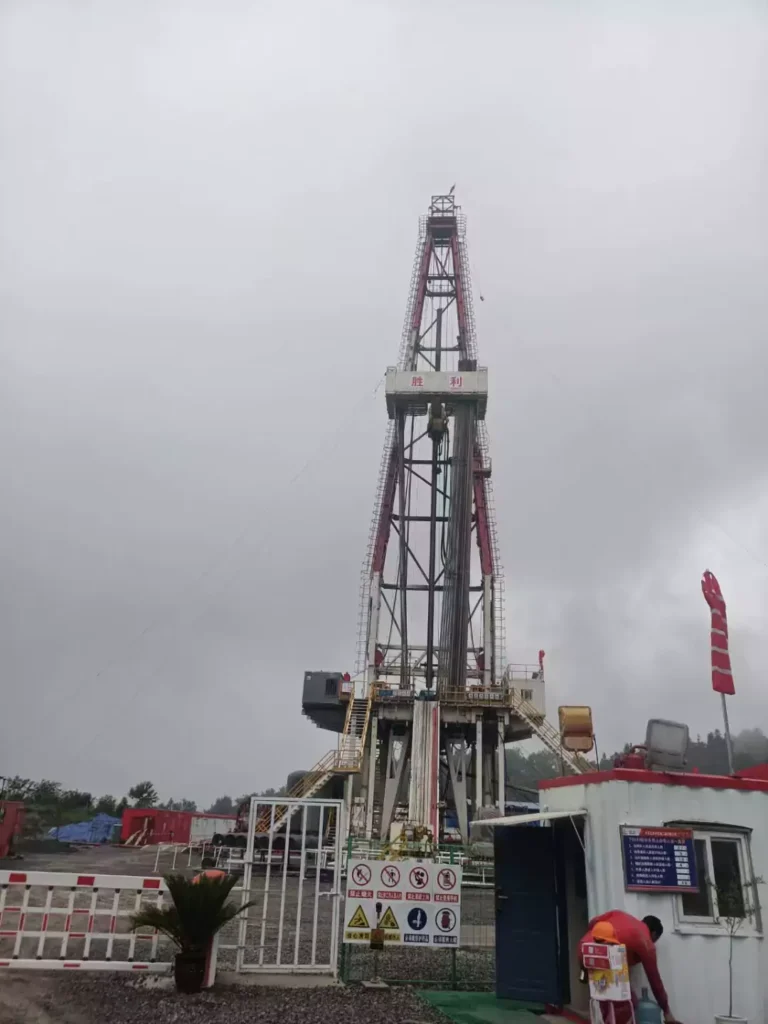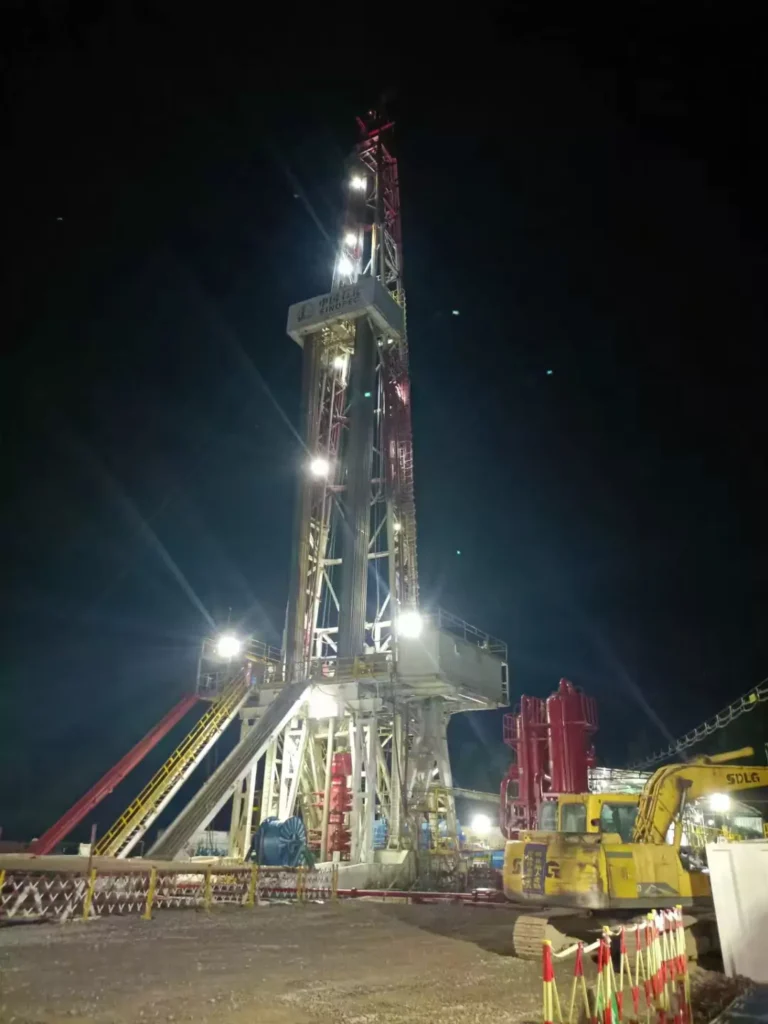Oil well



Why We Need Microfine Cement for Oil Well
Oil well cementing is a critical process that ensures the integrity and safety of the wellbore. However, it also faces many challenges, especially in CO2-rich environments where the cement matrix is prone to carbonation and degradation. So we’d like to share how microfine cement can help improve the performance and durability of oil well cement slurry formulations.
Microfine cement is a blast furnace slag based cement composed of ultrafine particles. It is designed for injection into loose soils, rock, concrete, and down-hole applications. It has a grain size of d 95 equal to 9.5 microns and a d 50 of 3.5 microns, which allows it to penetrate into fine sands and finely cracked rock. It also has a high cured strength, low permeability, and excellent durability, making it suitable for stabilizing or sealing all earthen foundations; especially for permanent structures such as tunnels, dams, deep foundations and oil storage tanks

Oil well cementing involves pumping a slurry of cement and water into the annulus between the casing and the formation to provide zonal isolation, mechanical support, and protection from corrosive fluids. However, in CO2-rich environments, such as those found in some unconventional reservoirs or enhanced oil recovery projects, the cement slurry may be exposed to high pressures and temperatures, as well as acidic gases that can attack the cement matrix and cause carbonation.
Carbonation is a process where CO2 reacts with the Portland cement hydrated products, such as calcium hydroxide (CH) and calcium silicate hydrate (CSH), and forms calcium carbonate (CaCO3) and water (H2O). This reaction reduces the pH of the cement matrix, which can lead to further dissolution of CSH and weakening of the cement structure. Carbonation also causes shrinkage and cracking of the cement matrix, which can increase its permeability and allow more fluid migration.

To prevent or mitigate carbonation, different slurry formulations have been proposed and tested by researchers. These formulations may include additives such as accelerators, retarders, dispersants, fluid loss agents, expanders, fibers, etc., that can modify the properties and behavior of the slurry. However, these additives may also have some drawbacks, such as increasing the cost or complexity of the slurry preparation or affecting its stability or compatibility with other materials.
One of the key factors that influences the resistance to carbonation is the solids concentration of the slurry. A higher solids concentration means a higher density and lower water content of the slurry, which can reduce its susceptibility to CO2 attack by closing the cement matrix pores and creating an obstacle for fluid penetration. However, a higher solids concentration also means a higher viscosity and lower pumpability of the slurry, which can limit its application in narrow annuli or long distances.

Microfine cement is a valuable material for oil well cementing in CO2-rich environments. It can improve the penetration, strength, durability, and resistance to carbonation of oil well cement slurry formulations. It can also increase the solids concentration without affecting the rheology or stability of the slurry. However, microfine cement alone may not be sufficient to prevent carbonation or ensure stability. Therefore, it is important to optimize the slurry formulation by considering other factors such as additives type and dosage, mixing conditions, injection rate etc. Further research is needed to evaluate the long-term performance of microfine cement in field applications and to develop new methods or technologies for monitoring and repairing carbonated oil well cements.

